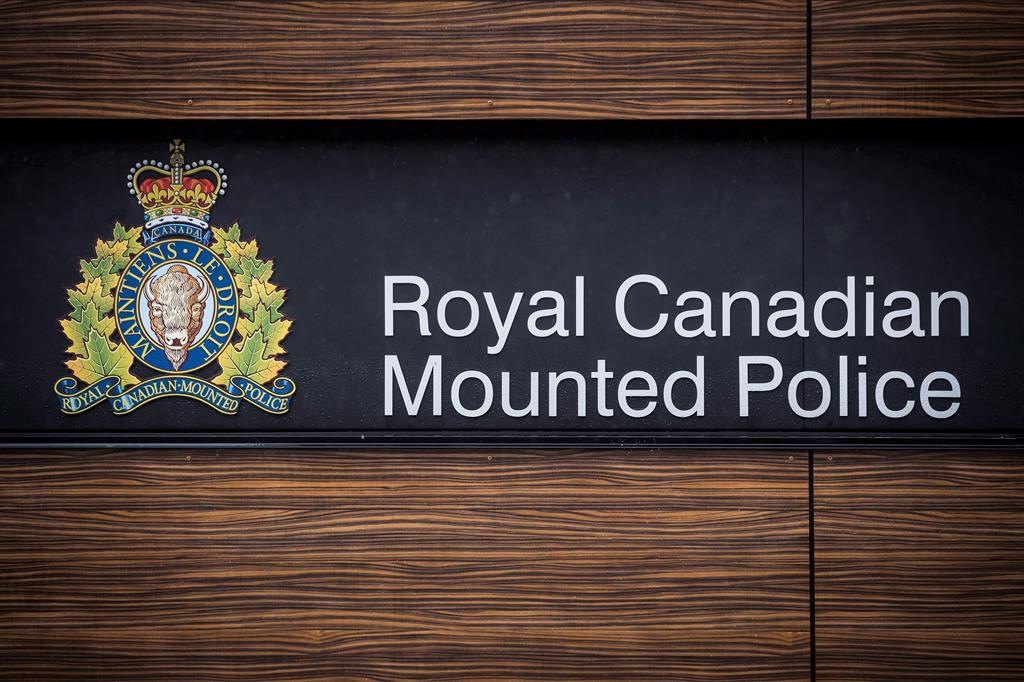Mass graves swell with thousands in Haiti, doctors warn death toll could grow
Posted Jan 21, 2010 09:05:20 AM.
This article is more than 5 years old.
Workers are carving out mass graves on a hillside north of Haiti’s capital, using earth-movers to bury 10,000 earthquake victims in a single day while relief workers warn the death toll could increase.
Medical clinics have 12-day patient backlogs, untreated injuries are festering and makeshift camps housing thousands of survivors could foster disease, experts said.
“The next health risk could include outbreaks of diarrhea, respiratory tract infections and other diseases among hundreds of thousands of Haitians living in overcrowded camps with poor or nonexistent sanitation,” said Dr. Greg Elder, deputy operations manager for Doctors Without Borders in Haiti.
The death toll is estimated at 200,000, according to Haitian government figures relayed by the European Commission, with 80,000 buried in mass graves. The commission now estimates 2-million homeless, up from 1.5-million, and said 250,000 are in need of urgent aid.
In the sparsely populated wasteland of Titanyen, north of Port-au-Prince, burial workers on Wednesday said the macabre task of handling the never-ending flow of bodies was traumatizing.
The dead stick out at all angles from the mass graves — tall mounds of chalky dirt, the limbs of men, women and children frozen together in death.
Workers said they have no time to give the dead proper religious burials or follow pleas from the international community that bodies be buried in shallow graves from which loved ones might eventually retrieve them.
More than eight days after the magnitude-7.0 earthquake, rescuers searched late into the night for survivors with dogs and sonar equipment.
At the Mission Baptiste hospital south of Port-au-Prince, patients waited on benches or rolling beds while doctors and nurses raced among them, X-rays in hand.
The hospital had just received badly need supplies from soldiers of the U.S Army’s 82nd Airborne Division, but hospital director John Angus said there wasn’t enough. He pleaded for more doctors, casts and metal plates to fix broken limbs.
Meanwhile, a flotilla of rescue vessels led by the U.S. hospital ship Comfort has steamed into Port-au-Prince harbour to help fill gaps in the struggling global effort to deliver water, food and medical help.
Elder, of Doctors Without Borders, said that patients were dying of sepsis from untreated wounds and that some of the group’s posts had 10- to 12-day backups of patients.
Adding to the terror, a 5.9-magnitude aftershock shook Haiti’s capital Wednesday, sending people screaming into the streets. Some buildings collapsed and an undertaker said one woman died of a heart attack. Surgical teams and patients were forced to evacuate temporarily from at least one hospital.
At United Nations headquarters in New York, U.N. humanitarian chief John Holmes said it was believed 3-million people are affected. Vast, makeshift camps and settlements have sprung up for survivors.










